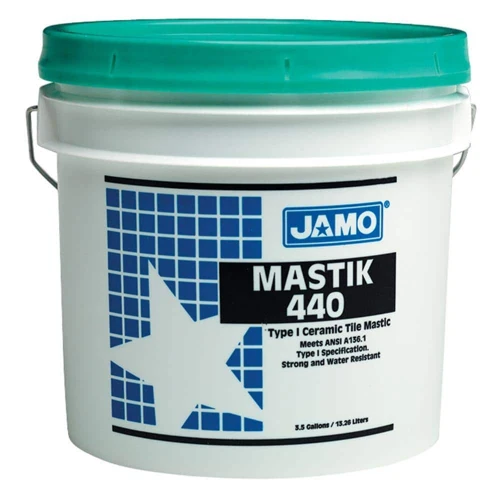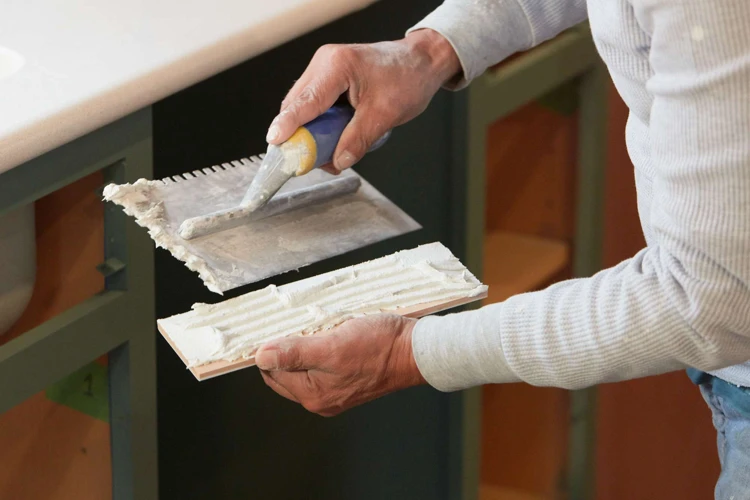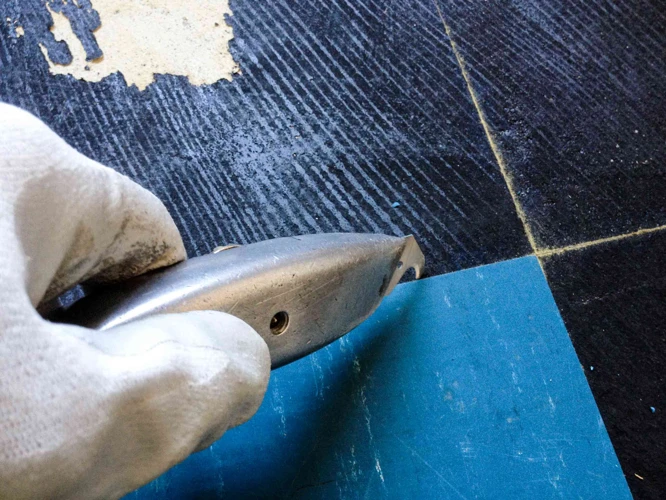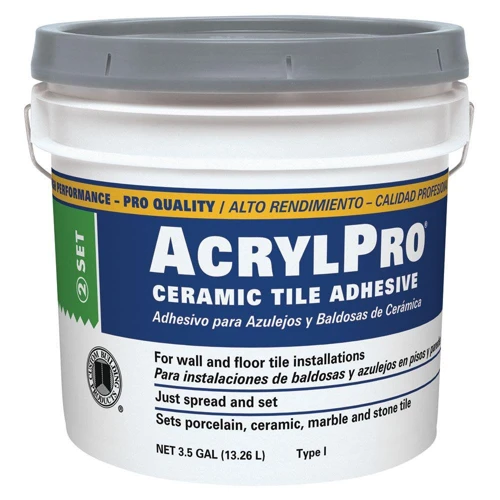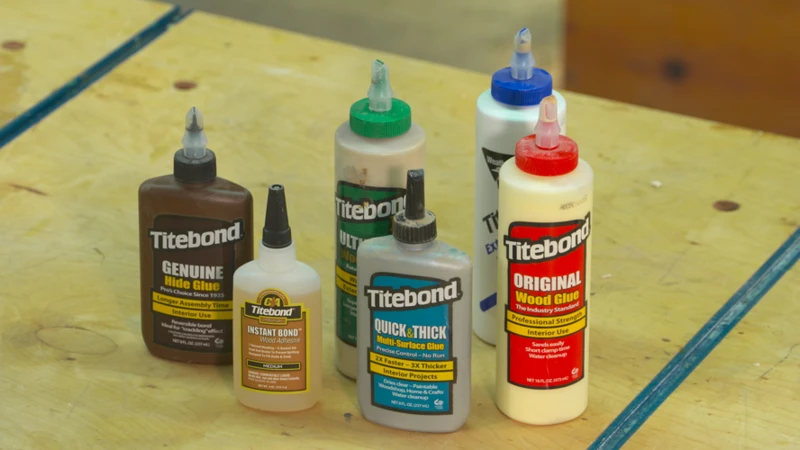When it comes to building materials, certain products prove indispensable due to their unique properties. One such product is mastic glue, an essential component in various construction and DIY projects.
Definition and Composition of Mastic Glue
Mastic glue is a versatile, high-strength paste used for bonding and sealing applications. Composed of resins derived from the mastic tree or synthetic compounds, it is known for its excellent adhesion and ease of use. The primary ingredients ensure it remains pliable, providing a durable bond to various surfaces.
Historical Use of Mastic in Construction
The roots of mastic adhesive trace back to ancient times. Civilizations utilized it in construction, notably for its water-resistant qualities. From sealing ship hulls to adhering marble in palaces, the historical significance of mastic is undeniable, underpinning its evolution into modern adhesive mastic.
Mastic Glue vs Adhesive: What’s the Difference?
Understanding the distinction between mastic and generic adhesives is crucial for optimal material selection in construction tasks.
Comparison of Mastic Glue and Other Adhesives
While mastic is a type of adhesive, it stands out for its specific application scenarios. Unlike other adhesives that may require mixing or have limited flexibility, mastic offers a ready-to-use solution with a balance of elasticity and strength.
Pros and Cons of Using Mastic Adhesive
- Pros: Easy application, strong initial tack, and flexibility.
- Cons: Limited use in high-heat or heavy load applications.
When to Choose Mastic Over Other Adhesives
Select mastic for tile when you need a reliable bond on walls or in areas with minimal moisture exposure. Its user-friendly nature makes it a preferred choice in such scenarios.
Types of Mastic Adhesive
Delving into the various types of mastic adhesive reveals its versatility and adaptability to different purposes.
Mastic for Tile: A Specialized Choice
Mastic for tile is specifically formulated to grip ceramic and porcelain tiles. Its non-slip nature ensures tiles stay in place during installation, simplifying the process for both professionals and DIY enthusiasts.
The Role of Mastic Sealant in Automotive Applications
Mastic sealant in automotive applications serves to insulate and protect vehicle components. Its ability to withstand temperature variations and vibrations makes it an industry staple.
Mastic Cement: Understanding Its Unique Properties
Mastic cement combines mastic with cementitious elements, creating a product suited for heavier-duty bonding where additional rigidity is required, such as in flooring installations.
Application of Mastic Glue in Construction
The use of construction mastic adhesive extends beyond mere bonding; it also acts as a sealant, providing airtight and watertight seals in various structures.
How to Apply Mastic Adhesive for Optimal Results
To achieve the best bond, surfaces should be clean and dry. Spread the mastic evenly with a notched trowel, and press the material firmly into place, ensuring full contact with the adhesive.
Construction Mastic Adhesive: Best Practices
For best results, allow the mastic to set slightly before positioning materials. Avoid stretching or repositioning the bonded items to maintain integrity.
Mastic Drying Time and Curing Process
A key aspect of working with mastic glue is understanding its drying and curing stages to ensure a successful application.
How Long Does Mastic Take to Dry?
The mastic drying time can vary from a few hours to a full day, depending on the product and conditions. It’s essential to refer to the manufacturer’s specifications for accurate timing.
Factors Influencing Mastic Drying Time
Environmental factors like humidity and temperature, as well as the thickness of the mastic layer, can impact the drying process. Optimal conditions ensure a strong, enduring bond.
Comparing Mastic and Other Adhesives in Detail
A thorough comparison of mastic and other adhesives highlights their strengths and suitable applications.
Mastic vs Adhesive: Performance and Suitability
While mastic offers convenience and flexibility, other adhesives may provide higher tolerance to heat and load. The choice depends on the specific demands of the project.
Choosing Between Mastic and Thinset for Tile Projects
In tile projects, the choice between mastic and thinset hinges on location and exposure to moisture. Mastic excels in dry, less demanding environments, while thinset is better for floors and wet areas.
Common Questions about Mastic Glue
Users often have queries regarding the practical aspects of using mastic in their projects.
Can Mastic Be Used for Outdoor Applications?
Mastic’s suitability for outdoor use depends on the product. Some are formulated for exterior conditions, while others are best kept indoors.
How to Remove Mastic Glue Residue?
Removing mastic residue can be challenging. Solvents or mechanical methods like scraping are typically employed, with care taken to avoid surface damage.
If you’re delving into the vast world of adhesives, you might be curious about the different types of glues available for specific tasks. While you’re exploring the uses and properties of mastic glue, you may also find it interesting to learn about other specialized adhesives. Have a look at our articles on what is wire glue, which is perfect for electrical repairs, or what is nail glue, a must-have for cosmetic nail applications. And if you’re working with foam materials, don’t miss our guide on what is foam glue to ensure you choose the right product for your project.
Conclusion: The Versatility of Mastic Glue
In conclusion, mastic glue’s adaptability makes it a valuable asset in various applications. Its unique properties ensure a reliable bond and seal, demonstrating why it has been a trusted material throughout history and continues to be so in modern construction and automotive industries.
